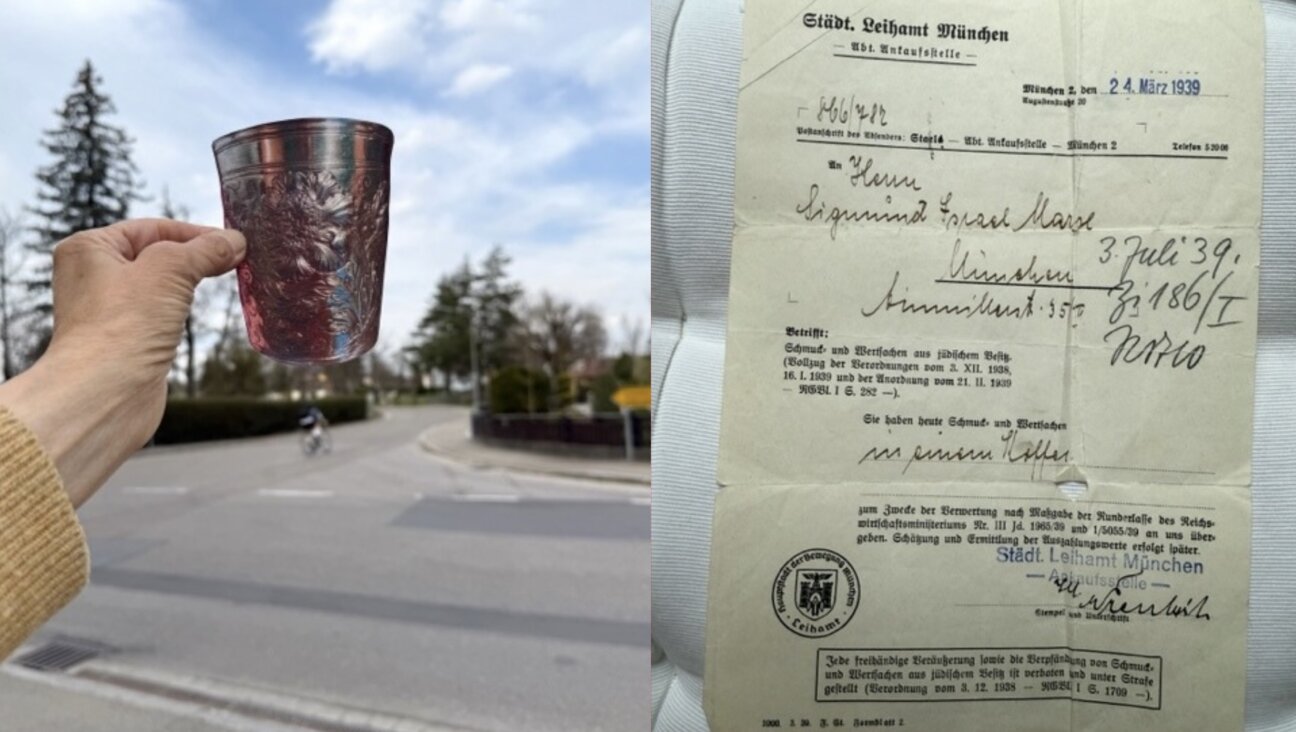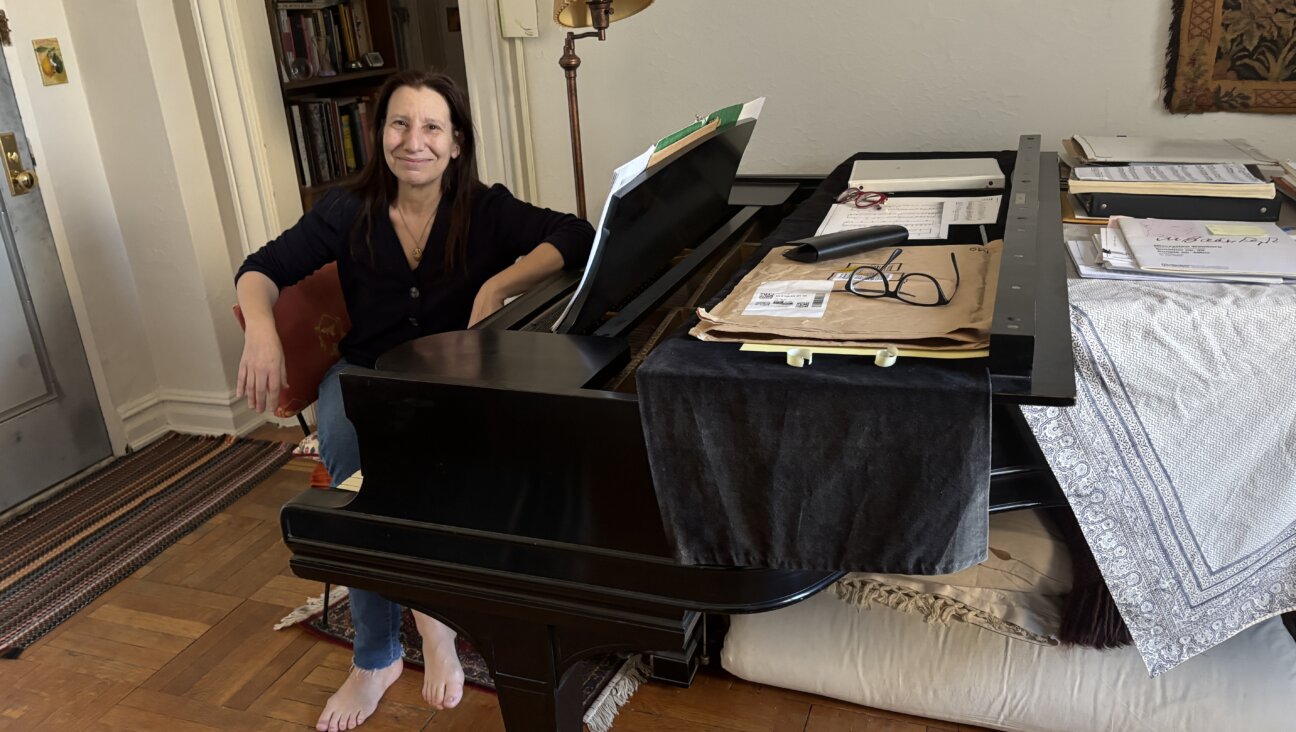Jewish Architect Richard Neutra’s Home Named as One of 24 New National Historic Landmarks

Image by David Hartwell
Last week, the U.S. Department of the Interior announced 24 new National Historic Landmarks. The newly designated sites, which include landmarks ranging from a 12th-century village site in Iowa to the site of the Kent State Massacre, “depict different threads of the American story that have been told through activism, architecture, music and religious observance,” according to U.S. Secretary of the the Interior Sally Jewell. Their designation as National Historic Landmarks means that the Department of the Interior will provide communities with “technical assistance, recognition and funding” to help preserve the sites.
Included in the 24 sites is the Neutra Studio and Residences (VDL Research House), built by the legendary Jewish architect Richard Neutra. Neutra was born and grew up in Leopoldstadt in Vienna, and the city’s rich intellectual scene would nurture the young architect and provide one of the foundations of his design philosophy – in particular the works of Adolf Loos and Sigmund Freud. Though Neutra began his career in Austria, it wasn’t until he moved to the United States along with fellow architect Rudolf Schindler that he became a household name (pardon the pun). Working in the States, Neutra was under the tutelage of Frank Lloyd Wright, whose design would have a profound influence on his own projects (renowned Brutalist designer Le Corbusier was also an influence).
Built in 1933, the VDL Research House is a classic example of Neutra’s design philosophy. The building was Neutra’s third project in America, and, once completed, it served as Neutra’s own home for almost 30 years. Looking at the house, the aesthetic is instantly recognizable; that’s because Neutra, along with Schindler, was one of the pioneering forces behind the International Style architecture that had a heavy influence on California Midcentury Modern. Houses influenced by Wright and Neutra have often been featured in films, so their images have made their way into the American vernacular (The Big Lebowski [1998] and North by Northwest [1959], among others).
Neutra’s designs feature simple, boxy, horizontal facades; open floor plans; numerous windows, and an unobtrusive proximity to nature. Neutra was incredibly concerned with what he considered to be architecture’s turn away from nature. Houses, Neutra argued, must be “an organically possible extension of ourselves.” According to the Society of Architectural Historians, Neutra, who referred to his design philosophy as “biorealism,” sought to bring “the sciences – especially psychology and biology – into the art of architecture so that design exploited, with great sophistication, the realm of the senses and an interconnectedness to nature that he believed fundamental and requisite to human well-being.” Hence the open spaces; hence the trees and gardens and abundance of natural light.
In addition to living in the VDL Research House, Neustra also used the building as a work space and as a place to train architects such as Raphael Soriano and Donald Wexler. The house, which currently belongs to the Cal Poly Pomona College of Environmental Design, can be toured on Saturdays and can be rented out for film or photo shoots, as well as seminars, conferences and retreats.
The Forward is free to read, but it isn’t free to produce

I hope you appreciated this article. Before you go, I’d like to ask you to please support the Forward.
Now more than ever, American Jews need independent news they can trust, with reporting driven by truth, not ideology. We serve you, not any ideological agenda.
At a time when other newsrooms are closing or cutting back, the Forward has removed its paywall and invested additional resources to report on the ground from Israel and around the U.S. on the impact of the war, rising antisemitism and polarized discourse.
This is a great time to support independent Jewish journalism you rely on. Make a gift today!
— Rachel Fishman Feddersen, Publisher and CEO
Support our mission to tell the Jewish story fully and fairly.
Most Popular
- 1

Opinion The dangerous Nazi legend behind Trump’s ruthless grab for power
- 2
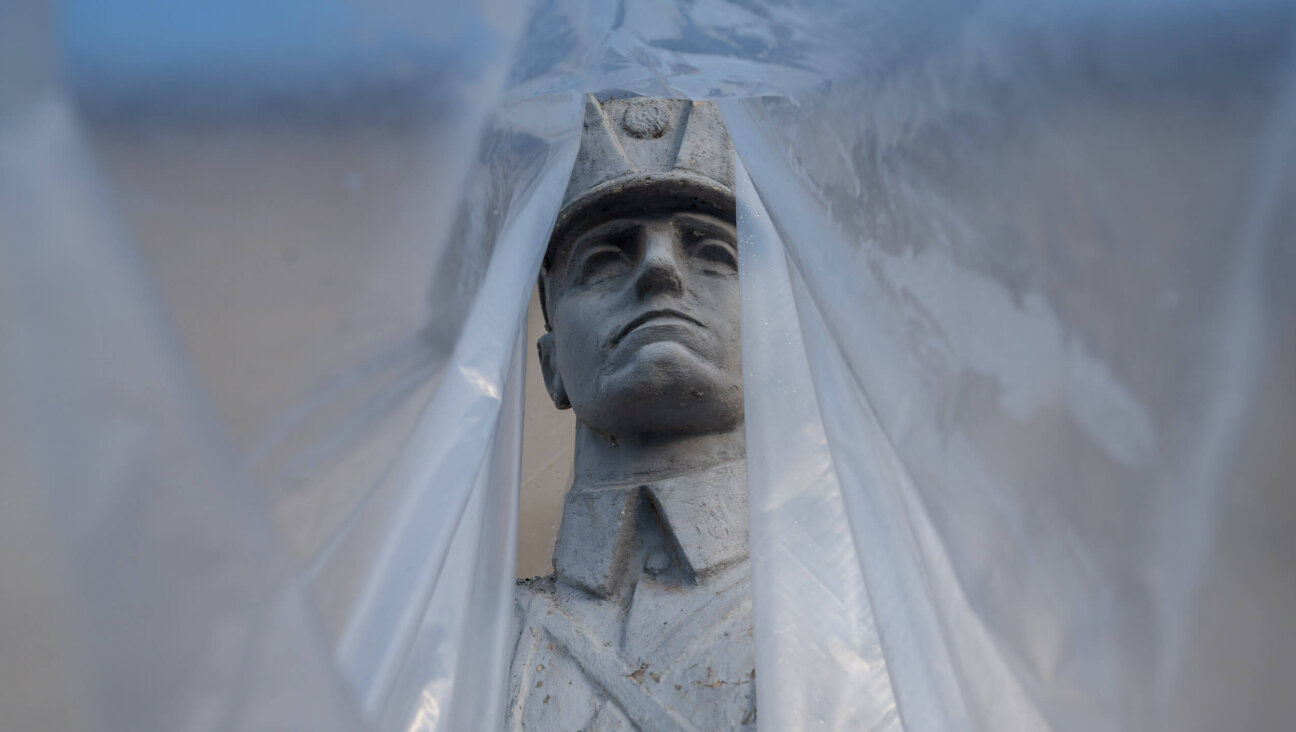
Opinion A Holocaust perpetrator was just celebrated on US soil. I think I know why no one objected.
- 3

Culture Did this Jewish literary titan have the right idea about Harry Potter and J.K. Rowling after all?
- 4

Opinion I first met Netanyahu in 1988. Here’s how he became the most destructive leader in Israel’s history.
In Case You Missed It
-

Culture I have seen the future of America — in a pastrami sandwich in Queens
-
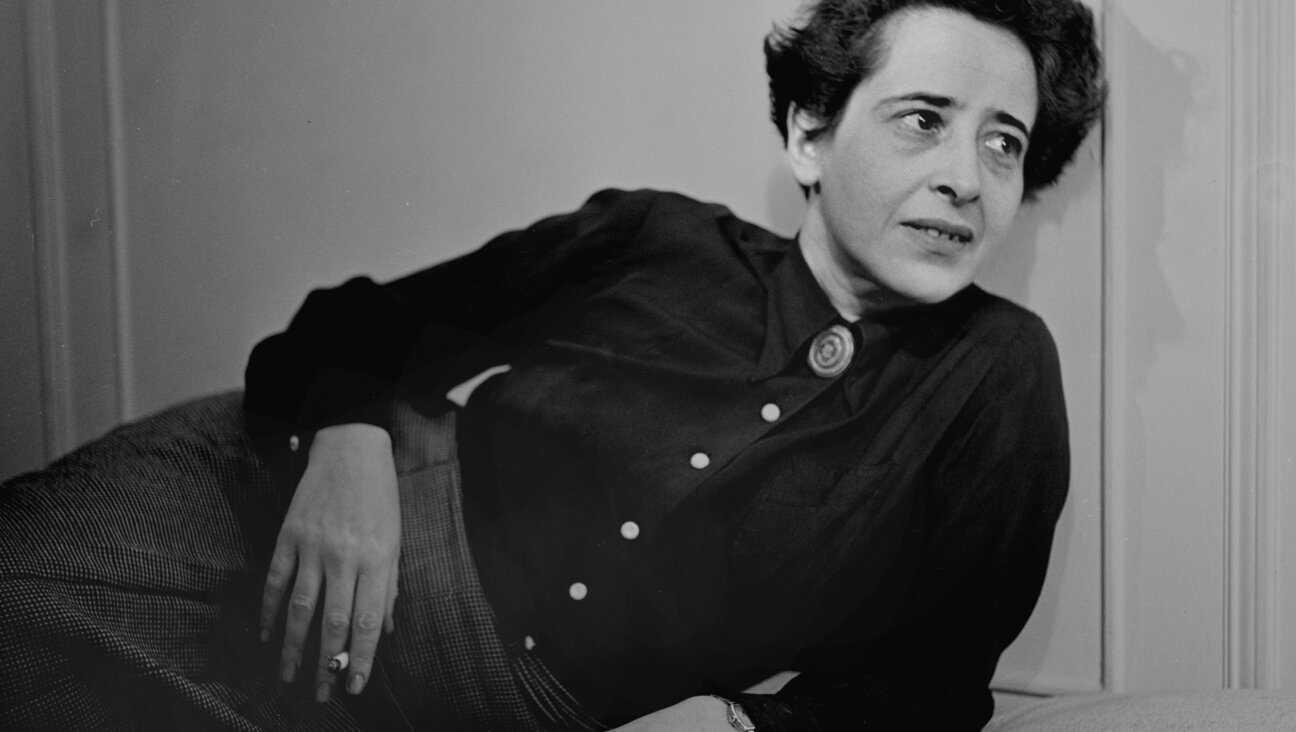
Culture Trump wants to honor Hannah Arendt in a ‘Garden of American Heroes.’ Is this a joke?
-

Opinion Gaza and Trump have left the Jewish community at war with itself — and me with a bad case of alienation
-
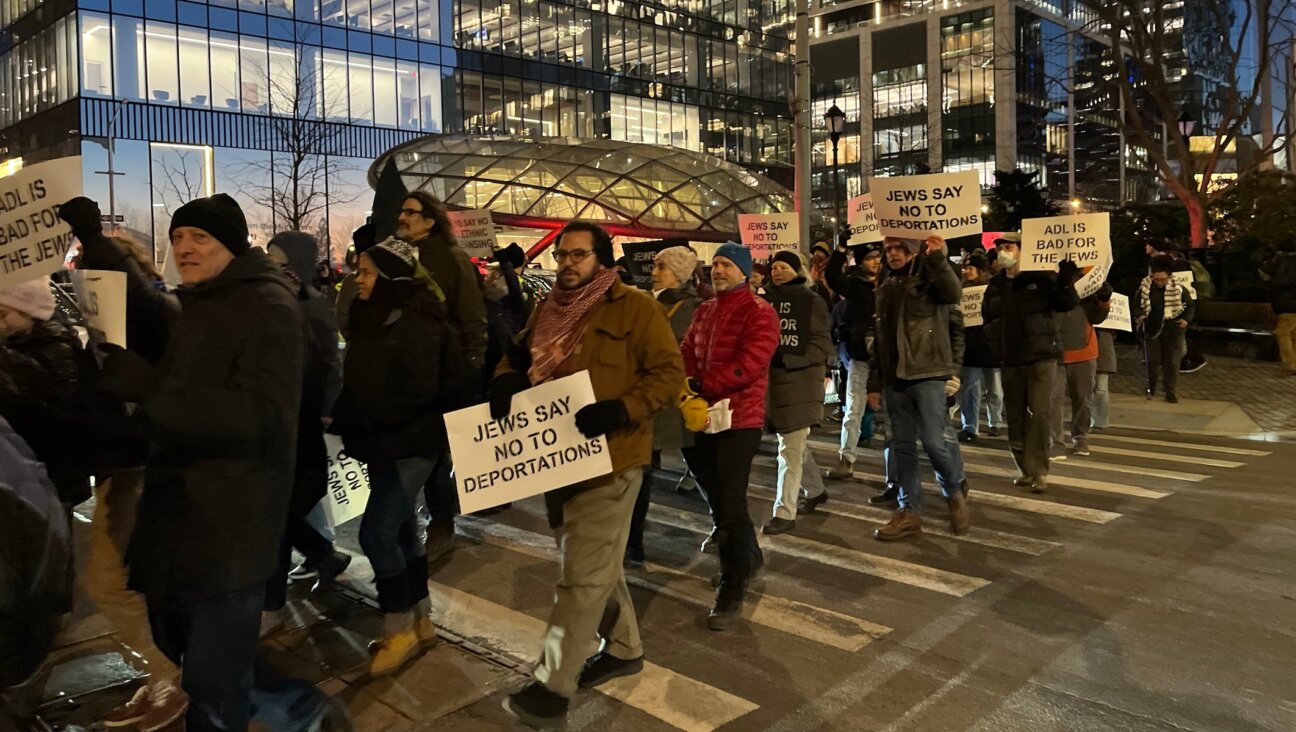
Fast Forward Trump administration restores student visas, but impact on pro-Palestinian protesters is unclear
-
Shop the Forward Store
100% of profits support our journalism
Republish This Story
Please read before republishing
We’re happy to make this story available to republish for free, unless it originated with JTA, Haaretz or another publication (as indicated on the article) and as long as you follow our guidelines.
You must comply with the following:
- Credit the Forward
- Retain our pixel
- Preserve our canonical link in Google search
- Add a noindex tag in Google search
See our full guidelines for more information, and this guide for detail about canonical URLs.
To republish, copy the HTML by clicking on the yellow button to the right; it includes our tracking pixel, all paragraph styles and hyperlinks, the author byline and credit to the Forward. It does not include images; to avoid copyright violations, you must add them manually, following our guidelines. Please email us at [email protected], subject line “republish,” with any questions or to let us know what stories you’re picking up.







